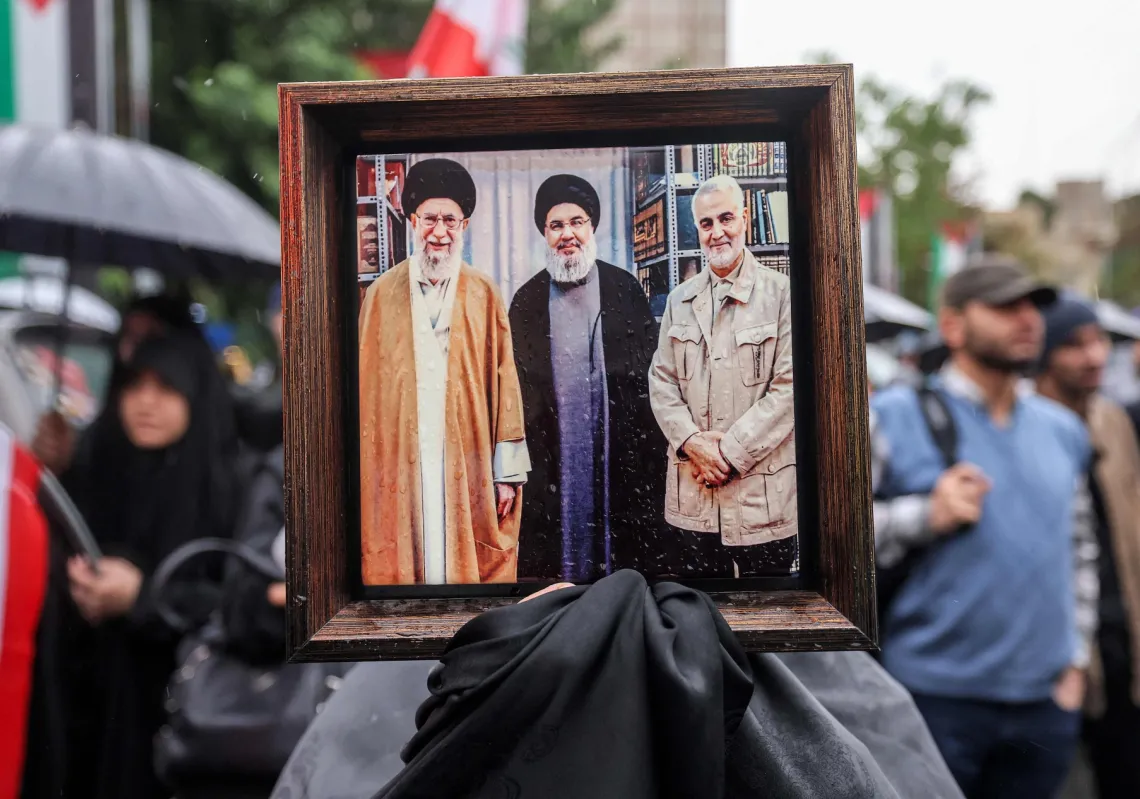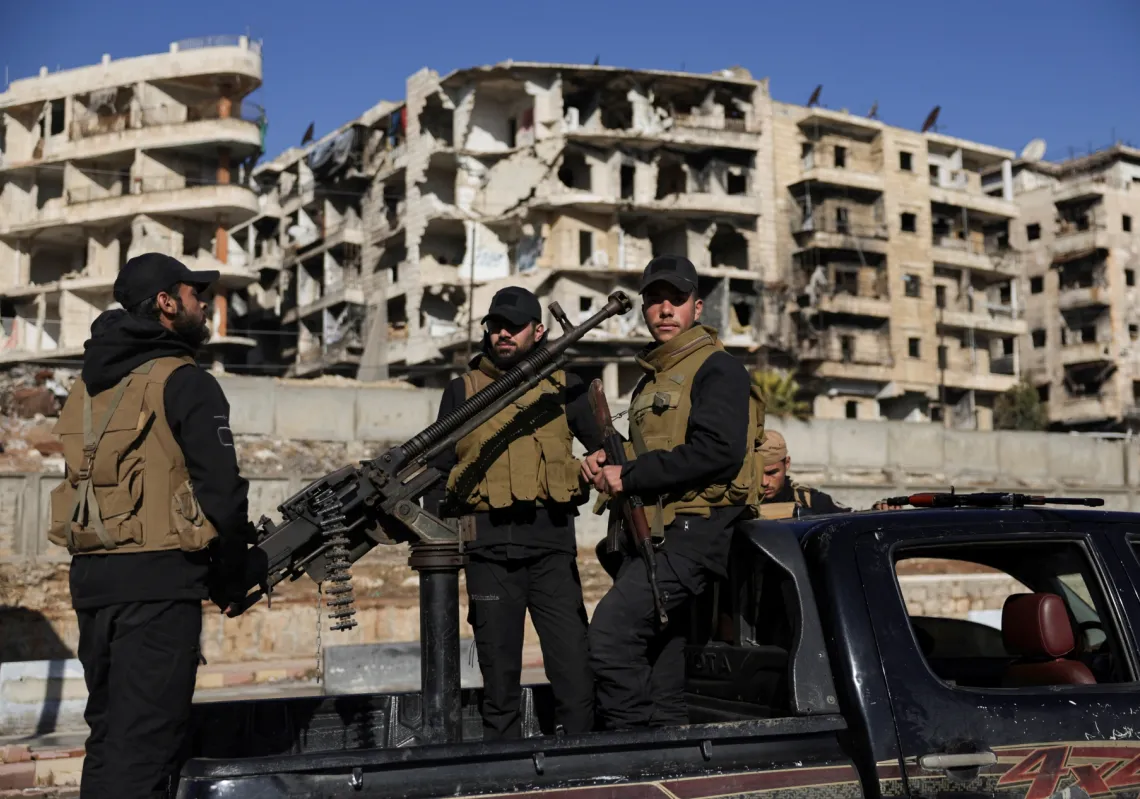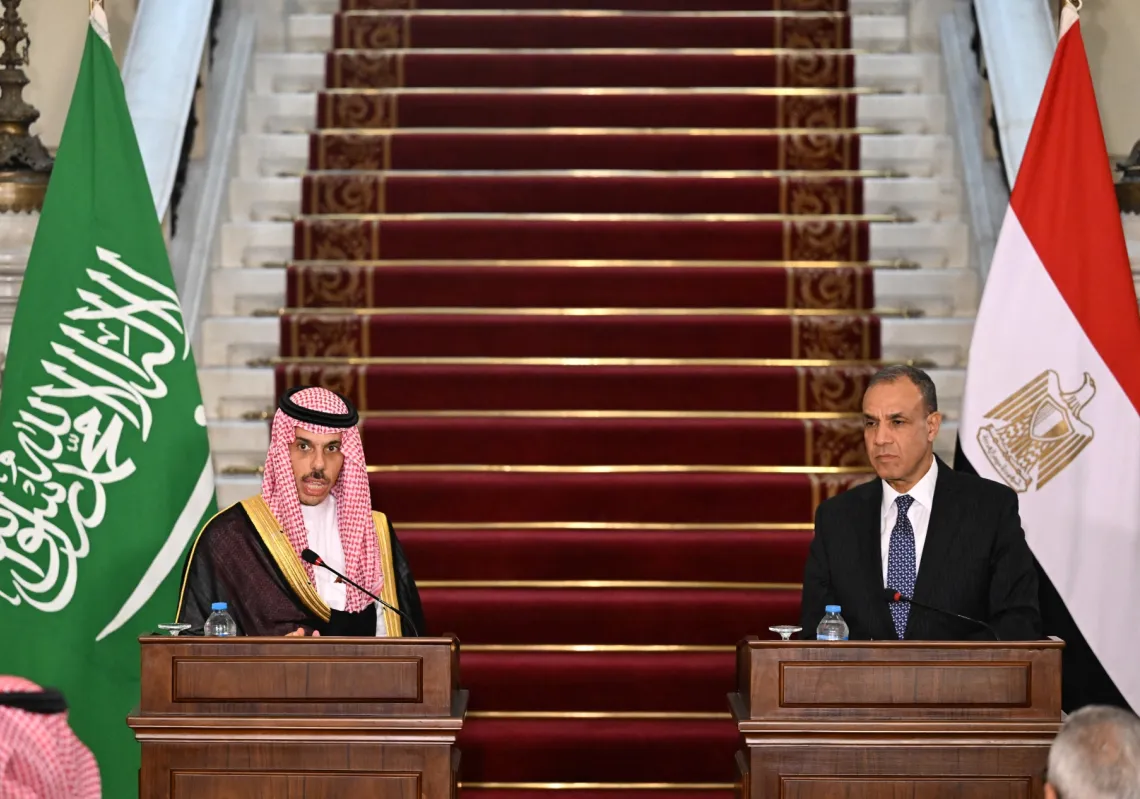In recent weeks, the Syrian regime of Bashar al-Assad has reaped rewards from a wave of diplomatic re-engagements intended to normalise its status within the Middle East.
The Syrian regime’s extraordinary list of crimes committed since 2011 — and witnessed by the world — appears to be being swept under the rug, under the ill-judged guise of “de-escalation.”
While such complaints are justified and ought to be enough for governments to reconsider their policies of normalisation, one issue often overlooked but of timely significance relates to the regime’s troubling and long-standing record of ignoring or weaponising jihadists for its own agenda.
Although the Islamic State suffered a territorial defeat in 2019, the terror group remains ever present and active in Syria.

In the northeast, the Syrian Democratic Forces and American troops have successfully contained IS’s insurgency and a series of recent high-profile operations have killed and captured senior leaders.
Read more: Visit to IS camp stark reminder of hidden but ever-present terrorist threat
In regime-held areas, however, there is a different story to be told. IS has methodically rebuilt itself in the Badiya region since 2019 and now controls rural expanses of territory in Homs and has near-total freedom to maneuver in rural parts of Deir ez Zour, Raqqa and Hama.
Despite the combined clout of Syria’s army and air force, as well as the National Defence Force, the Wagner Group, Iranian proxy militias and the Russian military, IS has grown stronger in regime-held areas, not weaker.
















